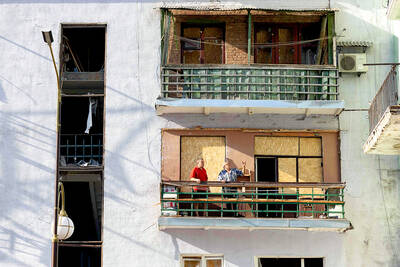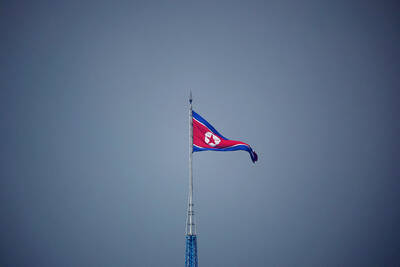DNA tests have revealed that human remains found at a Cambodian grave are not those of the son of Hollywood film legend Errol Flynn as had been suspected, a US military official said on Wednesday.
In March, two amateur Western diggers presented a jaw and a femur bone to US officials, unearthed at a site in eastern Kampong Cham Province, saying they believed the parts belonged to war photographer Sean Flynn.
The remains from the site, which some researchers believe is a mass grave for up to a dozen foreign journalists killed by Khmer Rouge fighters during Cambodia’s war in the early 1970s, were sent for forensic analysis in Hawaii.
Officials from the Joint POW/MIA Accounting Command (JPAC) excavated the site in April and found more human remains.
However, JPAC spokesman Lieutenant Colonel Wayne Perry said on Wednesday that tests showed the remains were not those of Flynn, who disappeared 40 years ago while covering Cambodia’s war.
Perry said there was no match between DNA from the recovered remains and DNA samples they had on file from the Flynn family.
“The remains do not match any known Westerner for whom JPAC has a reference sample,” he said.
Flynn, who worked as actor before covering the wars in Vietnam and Cambodia as a photographer, bore a striking resemblance to his father, who starred in swashbuckling roles in The Adventures of Robin Hood and Captain Blood.
The 28-year-old’s fate has been a mystery since 1970 when he and fellow journalist Dana Stone were captured by communist Khmer Rouge guerrillas while on assignment in the area, and never heard from again.
Briton Keith Rotheram, one of the team that found the remains, said in March that they based their search on a local villager’s claims to have seen regime soldiers kill a prisoner there matching Flynn’s description in 1971.

‘HYANGDO’: A South Korean lawmaker said there was no credible evidence to support rumors that Kim Jong-un has a son with a disability or who is studying abroad South Korea’s spy agency yesterday said that North Korean leader Kim Jong-un’s daughter, Kim Ju-ae, who last week accompanied him on a high-profile visit to Beijing, is understood to be his recognized successor. The teenager drew global attention when she made her first official overseas trip with her father, as he met with Chinese President Xi Jinping (習近平) and Russian President Vladimir Putin. Analysts have long seen her as Kim’s likely successor, although some have suggested she has an older brother who is being secretly groomed as the next leader. The South Korean National Intelligence Service (NIS) “assesses that she [Kim Ju-ae]

In the week before his fatal shooting, right-wing US political activist Charlie Kirk cheered the boom of conservative young men in South Korea and warned about a “globalist menace” in Tokyo on his first speaking tour of Asia. Kirk, 31, who helped amplify US President Donald Trump’s agenda to young voters with often inflammatory rhetoric focused on issues such as gender and immigration, was shot in the neck on Wednesday at a speaking event at a Utah university. In Seoul on Friday last week, he spoke about how he “brought Trump to victory,” while addressing Build Up Korea 2025, a conservative conference

DEADLOCK: Putin has vowed to continue fighting unless Ukraine cedes more land, while talks have been paused with no immediate results expected, the Kremlin said Russia on Friday said that peace talks with Kyiv were on “pause” as Ukrainian President Volodymyr Zelenskiy warned that Russian President Vladimir Putin still wanted to capture the whole of Ukraine. Meanwhile, US President Donald Trump said that he was running out of patience with Putin, and the NATO alliance said it would bolster its eastern front after Russian drones were shot down in Polish airspace this week. The latest blow to faltering diplomacy came as Russia’s army staged major military drills with its key ally Belarus. Despite Trump forcing the warring sides to hold direct talks and hosting Putin in Alaska, there

North Korea has executed people for watching or distributing foreign television shows, including popular South Korean dramas, as part of an intensifying crackdown on personal freedoms, a UN human rights report said on Friday. Surveillance has grown more pervasive since 2014 with the help of new technologies, while punishments have become harsher — including the introduction of the death penalty for offences such as sharing foreign TV dramas, the report said. The curbs make North Korea the most restrictive country in the world, said the 14-page UN report, which was based on interviews with more than 300 witnesses and victims who had